For many years I had searched for a boat that could sleep four, had decent headroom, a separate head compartment, great sailing performance, and a drop keel so that I could use a normal trailer. Most importantly, it had to fit in my 25′-long workshop. When I came across the Didi 26 by Dudley Dix, it seemed to have everything I was looking for, but it was just 1′ too long for my workshop. Then, I found his Didi 23, which had the same interior height and beam as the Didi 26 but was just 3′ shorter.The plans had all the information needed to build the boat in any of several configurations. Dudley’s Guide to Radius-Chine Plywood Construction provides 21 pages of text detailing the method used for 16 of his plywood sailboats from 15′ to 40′, with 23 pages of drawings. The plans set provided enough instructions to get me started on the project, and the additional reference books cited by the designer were a big help.I opted for the full-sized Mylar patterns for the bulkheads, keelson, and foils. There is also an option to buy digital files for having plywood parts cut by CNC machine. While the radius-chine boatbuilding technique would be faster than either strip-planked or cold-molded construction, I would suggest that an amateur builder gain some experience with the technique by building one or two smaller boats before tackling this one. Dudley provides his phone number and email address on his website, and he was very helpful in answering questions that came up. There are also several websites that show detailed photos of the build process of both Didi 26s and 23s.
Join The Conversation
We welcome your comments about this article. To include a photo with your remarks, click Choose File below the Comment box.

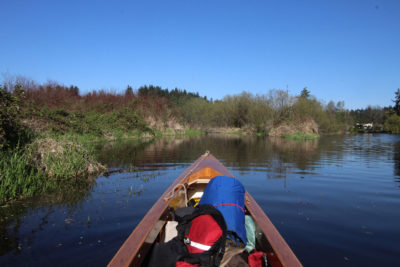
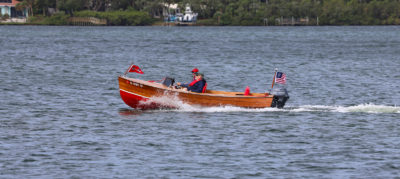
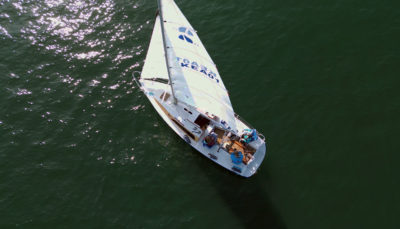
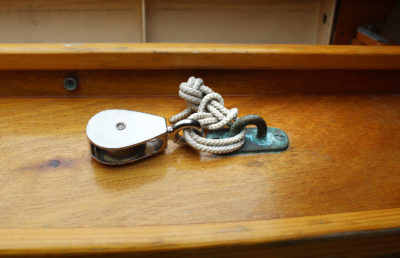
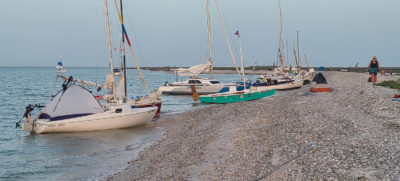

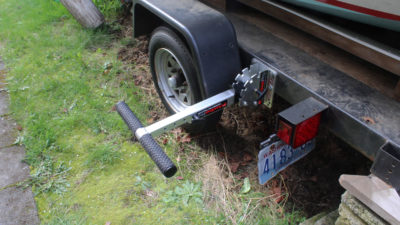
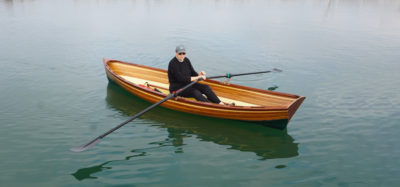
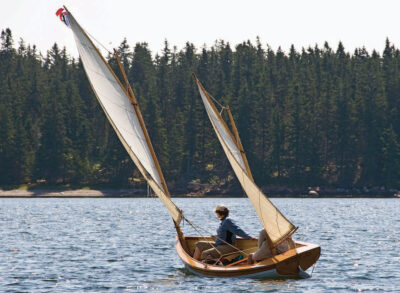
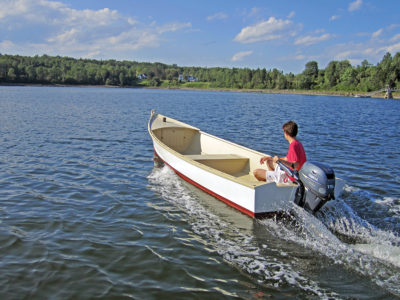
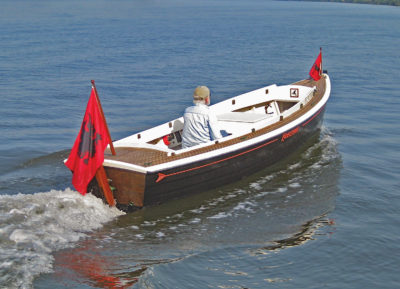
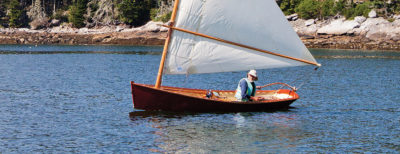
A friend of mine has also the same Didi. He is a competition addict, so his Didi is more like a racing machine, but I agree the concept is pretty well balanced to be a cruising boat with very good performance characteristics.
He has a longer keel with less lead to make it lighter, custom full carbon mast and boom, all Dyneema rig, oversize composite sails, Code 0 and big gennaker. And I can confirm the boat is really fast. Can fully compete racing specials in similar size category, and definitely match bigger factory boats.
I remember when I helped him to fine-tune it on the water after he finished the build and I was the first one to steer it to planing. It planes like my old fiberglass 420 class dinghy :).
And also remember, when we pinned the mast to the water in a sudden storm wind gust during one 24-hour race. The boat can handle this pretty nicely.
I think the main issue was the retractable keel. When after few seasons the plywood keel just soak some water and after one season in the water he was unable to retract it (so it was needed to be cut with chain saw). After this experience, I think his keel is now fully carbon.
After two years in the water, my keel still lifts just as easily as when I put it in. The key was to be super careful about sealing it from water intrusion. Also I made mine from Sapele which would be far more resistant to water than plywood.